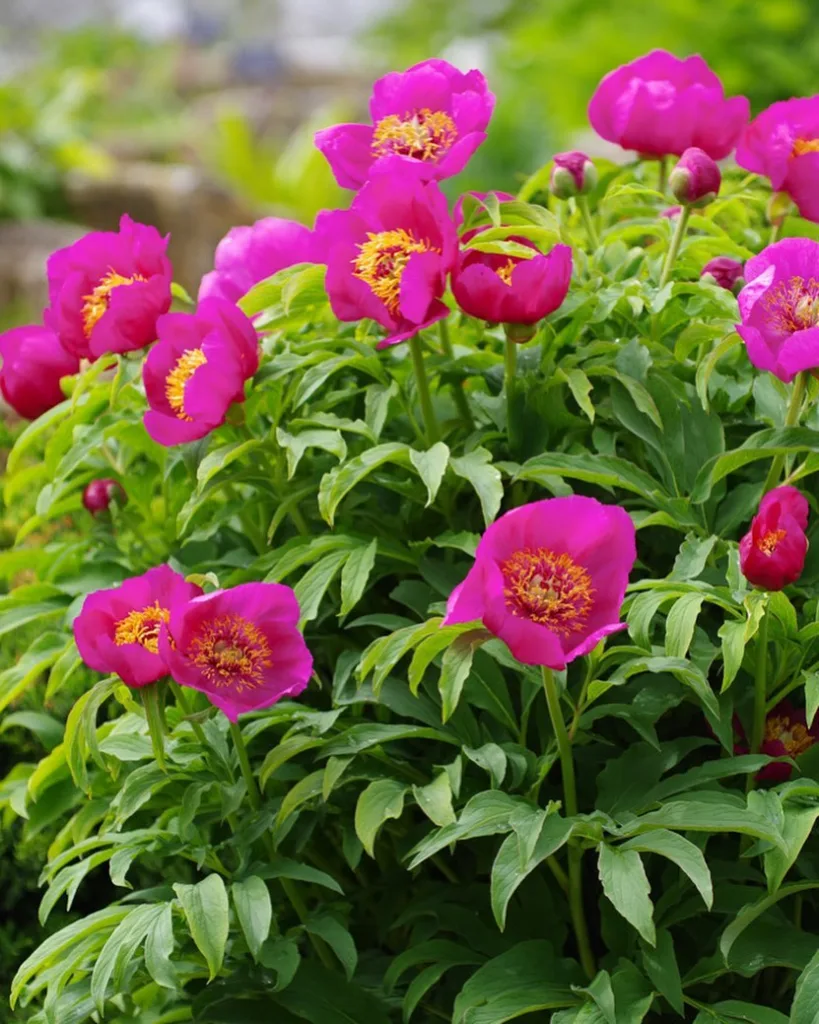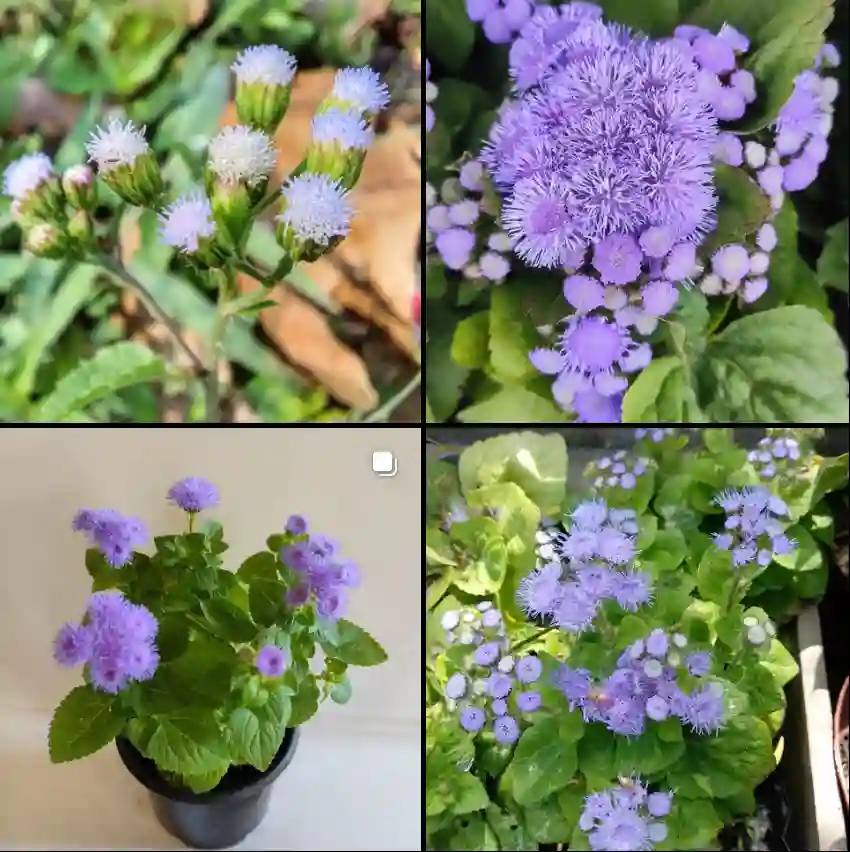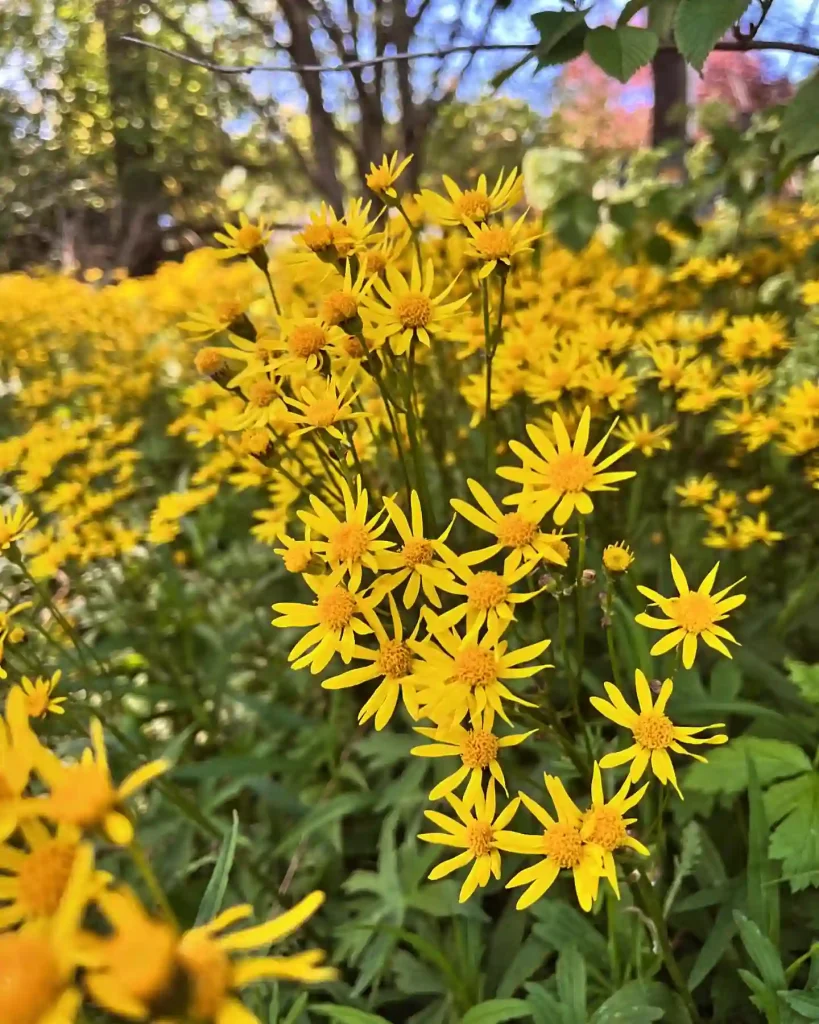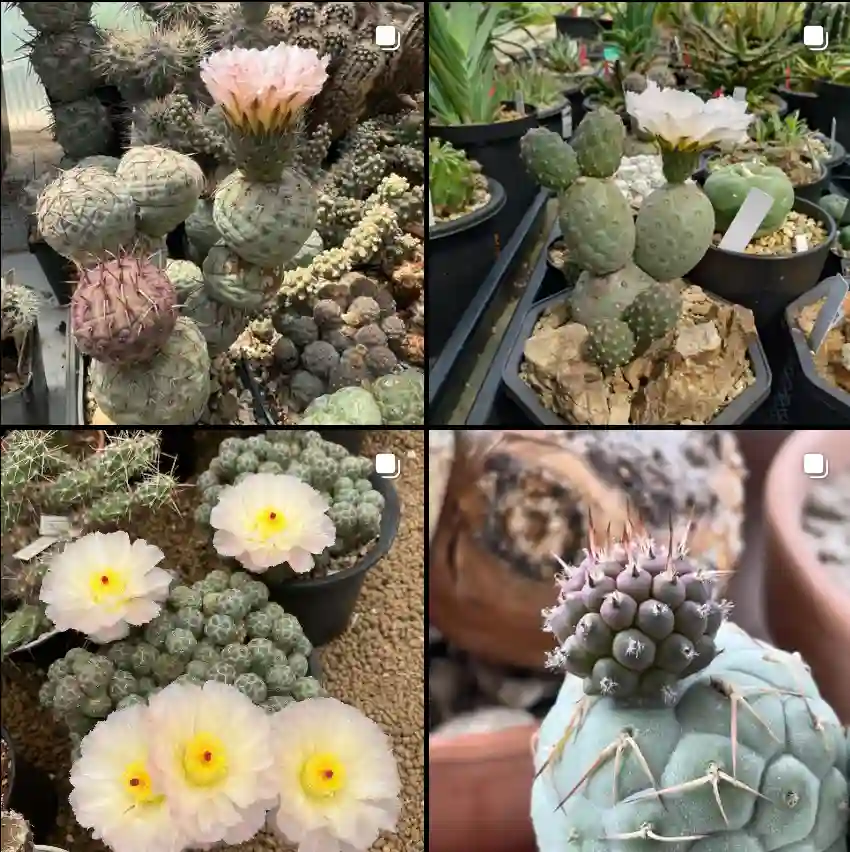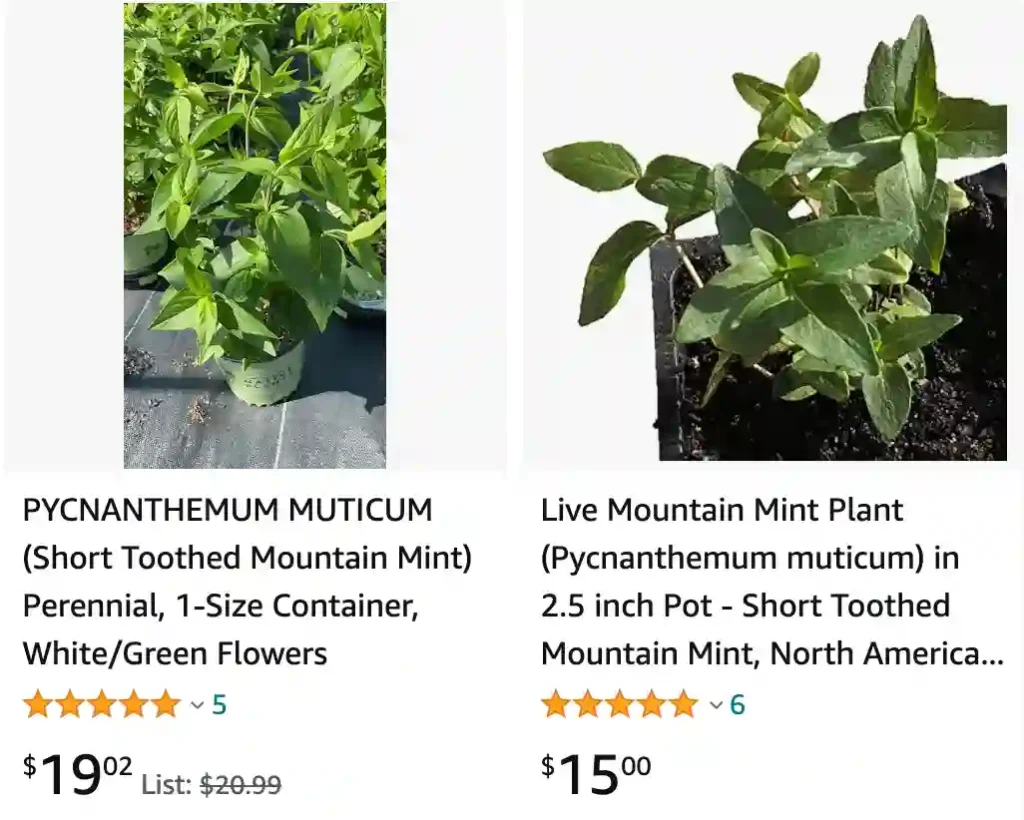
A Burst of Fragrance: My Love Affair with Pycnanthemum Muticum
As a dedicated gardener here in the eastern United States, I’m always on the lookout for plants that bring not only beauty but also a unique touch to my garden. Enter Pycnanthemum muticum, a name that might trip off the tongue at first, but a plant that has quickly become a favorite. Often referred to as clustered mountain mint or short-toothed mountain mint, Pycnanthemum muticum offers a delightful combination of fragrant foliage, delicate flowers, and a long-lasting presence throughout the season.
19 Species in Genus Pycnanthemum
What is Pycnanthemum Muticum?
Pycnanthemum muticum is a herbaceous perennial native to the eastern part of North America. It thrives in well-drained soils, particularly in meadows and dappled woodlands. This charming plant typically reaches heights of 1-3 feet and boasts a clump-forming growth habit.
The true star of the show, however, is the foliage. Pycnanthemum muticum’s leaves are aromatic, releasing a wonderful minty scent when brushed against. They’re arranged oppositely along the square stems, adding a touch of texture to the overall look.
Come summertime, the magic truly unfolds. Pycnanthemum muticum erupts in a delightful display of small, white to lavender-hued tubular flowers. These blooms are clustered in dense heads at the top of the stems, attracting butterflies and other pollinators throughout the season.
Pycnanthemum Muticum vs Pycnanthemum Incanum
I’ve found Pycnanthemum Muticum to be a bit more robust and adaptable in my garden compared to Pycnanthemum Incanum, which seemed to need a bit more TLC and didn’t thrive as well in my soil conditions.
How to Care for Pycnanthemum Muticum?
If you’re looking to add this fragrant gem to your garden, here’s what you need to know:
Light: Pycnanthemum muticum thrives in full sun to light shade. Aim for at least 6 hours of direct sunlight for optimal growth and flower production.
Soil: Well-drained soil is crucial. Amending your existing soil with sand or compost can help ensure proper drainage. While it tolerates average soils, it performs best in slightly fertile to moderately fertile conditions.
Watering: Regular watering is essential, especially during the first year of establishment and during hot, dry periods. Once established, Pycnanthemum muticum is somewhat drought-tolerant but will appreciate occasional deep watering.
Fertilizing: This low-maintenance plant doesn’t require heavy feeding. A light application of a balanced fertilizer in early spring can be beneficial, but avoid over-fertilizing as it can reduce flowering.
How to Propagate Pycnanthemum Muticum?
There are two main ways to propagate Pycnanthemum muticum and expand your fragrant haven:
Seed propagation: Seeds can be collected from mature flower heads in late summer. Allow them to dry completely before storing them in a cool, dry place for several weeks. Sow the seeds indoors in late winter or early spring and transplant outdoors after the danger of frost has passed.
Division: Division is a simpler method for established plants. In early spring or fall, carefully dig up the clump and use a sharp spade to divide it into several sections, each with healthy roots and shoots. Replant the divisions in your desired locations.
What to Plant With Pycnanthemum Muticum?
Pycnanthemum muticum’s fragrant foliage and vibrant blooms make it a versatile companion plant. Here are some ideas to create a harmonious and visually stunning arrangement:
- Companion perennials: Lavender, yarrow, and coreopsis share similar sun and drainage requirements and offer contrasting textures and colors.
- Low-growing plants: Creeping phlox or sedum can fill in the gaps around the base of the Pycnanthemum muticum, adding visual interest and suppressing weeds.
- Grasses: Ornamental grasses like feather reed grass or switchgrass can provide a textural contrast and add a touch of movement to the border.
Where to Buy Pycnanthemum Muticum?
Finding Pycnanthemum muticum might require a bit more effort compared to some common garden plants. Here’s where you can look:
- Local nurseries: Many independent nurseries specializing in native plants might carry Pycnanthemum muticum. Ask your local nursery staff if they stock it or can recommend a source.
- Online retailers: Several online retailers specializing in native plants and perennials offer Pycnanthemum muticum for purchase. Be sure to choose reputable sellers with good customer reviews.
A Final Note on Pycnanthemum Muticum
Pycnanthemum muticum is a fantastic addition to any garden seeking a burst of fragrance and a touch of the wild. Its low-maintenance nature, long bloom time, and ability to attract pollinators make it a winner in my book. With a little planning and care, you can incorporate this delightful plant into your garden and enjoy its beauty and fragrance for years to come.
So, the next time you’re looking for a unique and fragrant addition to your garden, consider Pycnanthemum muticum. You won’t be disappointed!
If i die, water my plants!
